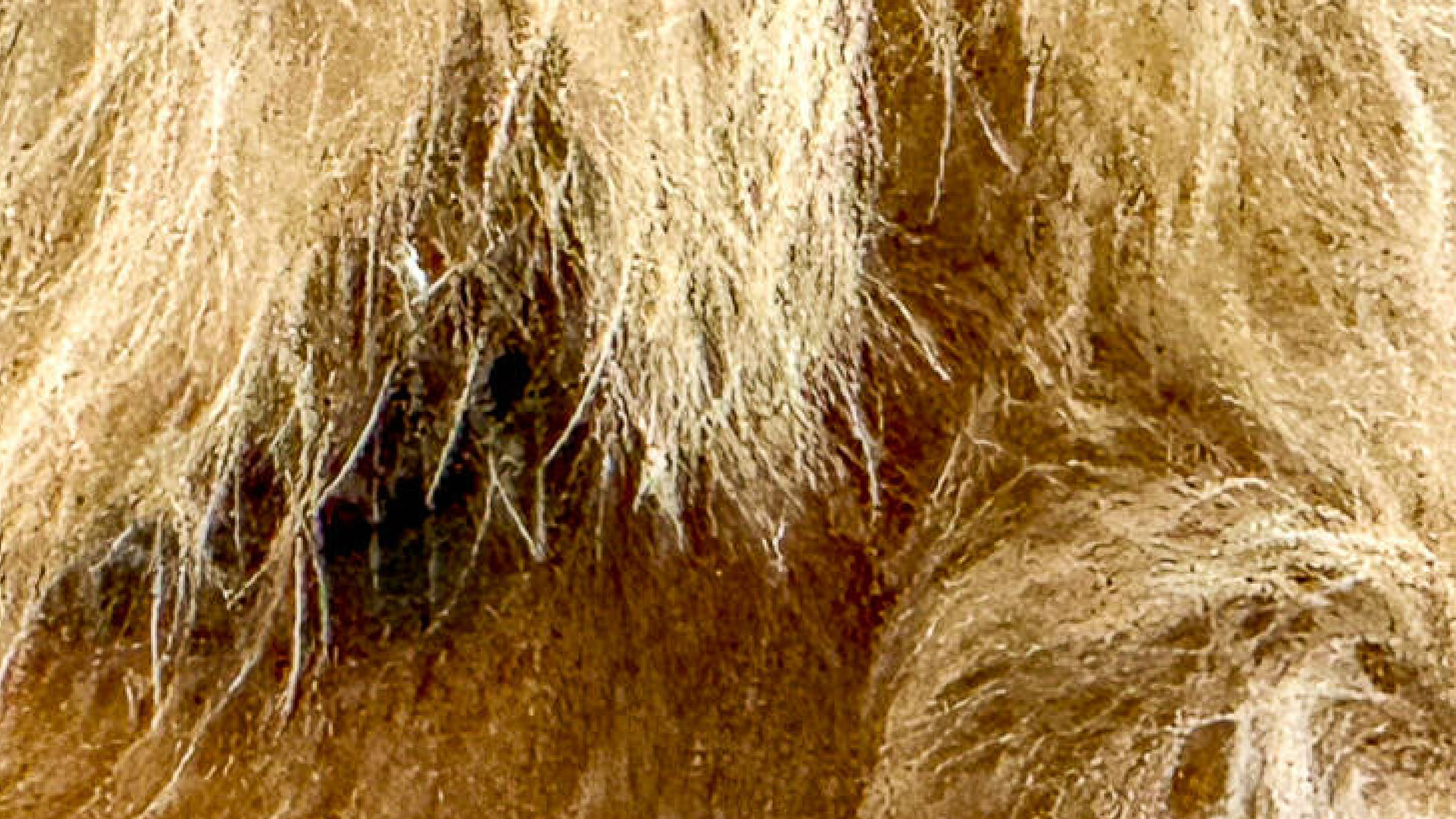
Adobe is helping to usher in the age of computational photography with its new iPhone App called Project Indigo. The image above is a zoomed-in look at a 10x photo taken with the iPhone 16 Pro. Below, you can see a comparison with a shot taken using Adobe’s new Project Indigo app (right), which utilizes computational photography to enhance image quality. Every shot I’ve taken with the Project Indigo (PI) app is an improvement over what’s possible with the iPhone 16 Pro camera.


What is computational photography? Adobe says, “In the context of mobile cameras, it typically includes two strategies: (1) under-expose slightly to reduce the clipping of highlights, and (2) capture multiple images in rapid succession when you press the shutter button. These images are aligned and combined to reduce noise in the shadows. The laws of physics say that imaging noise (the digital version of film grain) goes down as the square root of the number of images that are added together, so if the camera combines 9 images, noise is reduced by a factor of 3.” This release article gives a full explanation with some stellar examples.
I wanted to show you a “real-world” example. The image below is a 10x zoom image of Sandy, captured using the Project Indigo app. And while the differences are notable in ample light, it truly excels in low light. I highly recommend giving it a try.

100% OF PROFITS FROM PHOTO SALES ARE DONATED TO YOUTH TRACK & FIELD PROGRAMS!
EXIF Data Below Applies Only To The Featured Photo In This Post